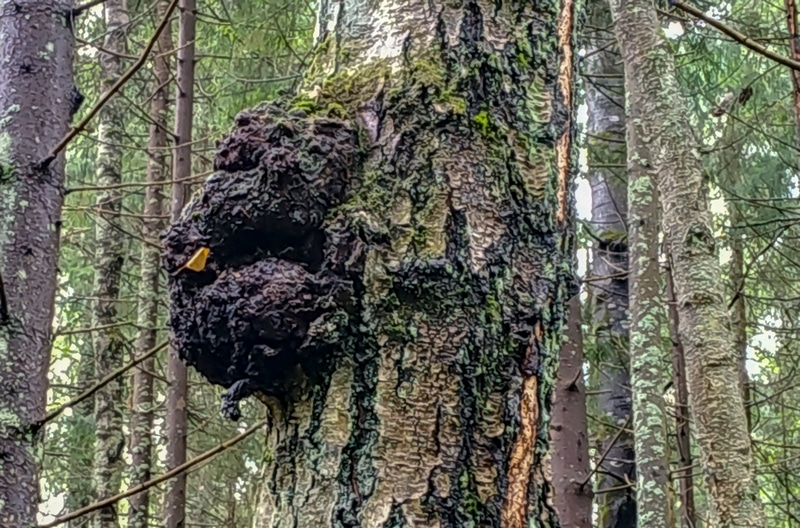Addressing signs f tree failure will save money in the long run
A tree failure is the physical breakage of the tree’s trunk, one or more roots, or one or more branches. Tree failures can result in personal injury or property damage, so it is important to identify early signs of tree failure. Read on to know more about the visual signs you should keep an eye out for when assessing the trees on your property:
Lifting root or soil
It is a sign of structural weakness at the root of the tree and inadequate root anchoring. It could be due to crown rot, a disease caused by a soil-borne fungus, which can survive in the soil forever. The symptoms of this fungal disease may vary from plant to plant, but there is little that can be done once the plant is infected.
Fungus or mushroom
The presence of fungi and mushrooms around the tree often indicates that the tree is decaying from within. Once you spot them around your tree, it is best to have an expert examine the tree. In case it is found that there is 50% or more decay, the tree is likely to fail. It is best to have the tree removed. However, if only a limb is infected, you may be able to save the tree by just cutting off the infected part.
Large cavities are a sign of tree failure
Cavities in trees can be a result of many different things including a previous limb failure or a pruning accident. Sometimes, new shoots may begin to grow around the wound but from the inside, the structure may be fully decayed. Swelling on the trunk or branches is a common sign of a cavity in the tree.
Leaning trees
If the tree is leaning, it could be from wind or a large amount of top growth. However, if the tree is leaning at a larger angle and you also see soil lifting, it could be a sign of tree failure and can be dangerous.
Health of branches and leaves
If the branches are unusually small and have very little foliage, it could be a sign of tree failure. There is a chance that only one limb could be failing but it is important to inspect the entire tree to identify any signs of failure. Also, if there are certain areas where you see very few leaves or the entire tree is producing fewer leaves, it could be a sign of a failing tree.
Sap leakage
Sap leakage from a tree could mean different things. Some trees such as maple are naturally more prone to dripping sap than others, but in some cases, it is a sign of a problem. It could be a wounding response caused by a boring insect infestation. Excessive sap seepage should be inspected by a professional to rule out tree failure.
Saw dust or bark shed
If you suddenly notice sawdust around your tree, it could be a sign of a pest infestation. Also, if you see shedding bark around the ground level, it could be caused by wood-boring pests. These pests live inside the trees and gradually kill them. Once a tree in your garden is infested, you should have other trees inspected as well. There is a chance that the infection has spread to other trees as well.
Tree failure can cause property damage, personal injury, and road blockage. It is important to identify the early signs and act before it is too late. If there is a failing tree in your garden or a tree has suffered storm damage, get in touch with our tree experts now.
If your trees are showing signs of tree failure, contact us. We’re here to help

